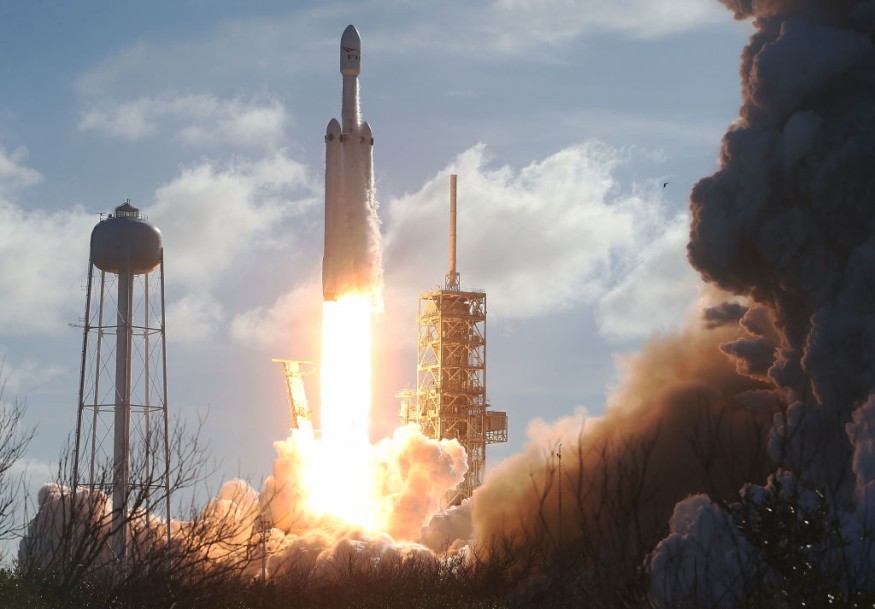A few days ago, SpaceX Falcon 9 booster failed to land after launching 60 more Starlink satellites to space. What is Elon Musk's goal? To build a cheaper, high-performance internet service.

Still, SpaceX was placed on a hot seat after a terrifying, 15-story SN9 rocket blast over a coastal research facility near Brownsville, Texas. Upon arrival in December 2020, the SN8 rocket also exploded in a dazzling blast of fire.
To find more about why the SpaceX rocket crashed and for explanations to any other unanswered concerns about the Starship, keep reading.
What Happened to Starships SN8 and SN9?
It is difficult to take rockets to orbit. It is also more complicated to land them back on Earth unchanged so that they can be reused. For decades, NASA has understood this, but now we are in a modern age of space exploration, with private corporations including SpaceX, Jeff Bezos' Blue Origin, and other private companies rushing to open space to the public in a manner that only science fiction films might envision a quarter of a century ago.
The accident on February 2 happened less than three months after another Starship spacecraft, the SN8 (the SN stands for Serial Number), also blew up at SpaceX's Boca Chica facility near Brownsville, Texas, on December 9, 2020. The two blasts, while stunning and seemingly deadly, were not completely surprising. (It can be remembered that there were all uncrewed checks, and no one was hurt).
Elon Musk tweeted on November 24, before the SN8 mission, that some stuff has to go well and gave the probability of completing a "1/3 chance." Despite the SN8 accident, SpaceX subsequently confirmed that the flight was an "awesome test" and congratulated the Starship squad. In a tweet after the collision, Musk claimed that low fuel tank pressure triggered the blast.
Currently, the Starship rocket is the second stage of a reusable launch device of two sections. The Starship holds payloads and passengers when completely functioning and is raised into orbit via a first stage or booster rocket dubbed the Super Strong.
The booster is combined with the Starship to help the spacecraft leave the planet Earth. Neither can be mistaken with the tried-and-true Falcon 9 of the firm, which has proved capable of landing back on Earth consistently (usually). As the Starships do, the Falcon 9 also does not perform a belly-flop maneuver.
Why Is the FAA Keeping an Eye on the Starship Explosions?
As many as Musk and his SpaceX team want to frame their spacecraft's thunderous demise as a regular aspect of the arduous phase of bringing individuals to space, the U.S. The Federal Aviation Administration (FAA) has marched in, raising questions regarding how its launches are handled by the rocket industry and resolving public safety problems.
In late January, The Verge announced that the December launch breached the conditions of the FAA test license for the venture. An FAA spokesperson told Popular Science that an incident report requires a systematic analysis of the company's safety culture, organizational decision-making, and discipline of the procedure.
What NASA Would Tell About These Explosions
All told, the cooperation of SpaceX with NASA is a groundbreaking achievement of a public-private relationship that has caught the imagination of the public and sparked an enthusiasm not seen since the early Space Shuttle missions of human space flight.
In certain aspects, though, the latest blasts illustrate a generational disparity in an arena that has historically been government departments' realm. Some analysts say the staid government strategy could be obsolete and in need of a more progressive outlook.
Todd said that the SpaceX "test-to-destruction" method has the benefit of reasonably rapidly running a space launch device. "But it can imply that launch failures occur more often, particularly on early flights, compared to using NASA's more comprehensive modeling approach."
He indicates that these teething concerns would finally be ironed out gradually. Still, the friction between the FAA and SpaceX is likely to persist in the near future.
Check out more news and information on SpaceX on Science Times.
© 2026 ScienceTimes.com All rights reserved. Do not reproduce without permission. The window to the world of Science Times.











